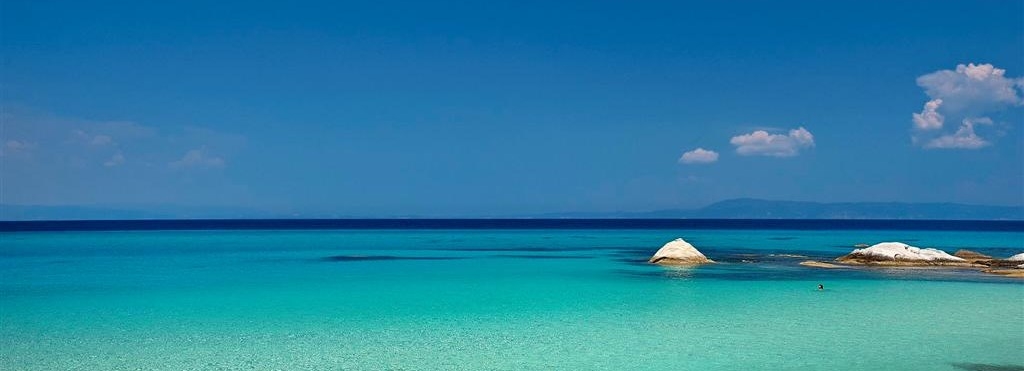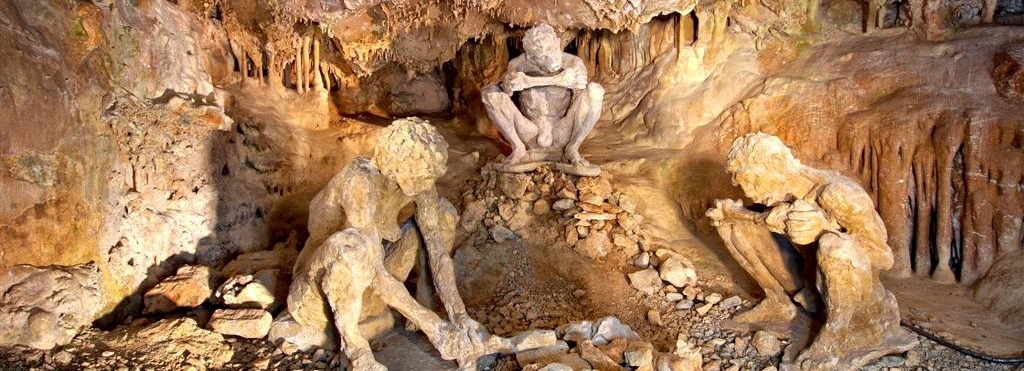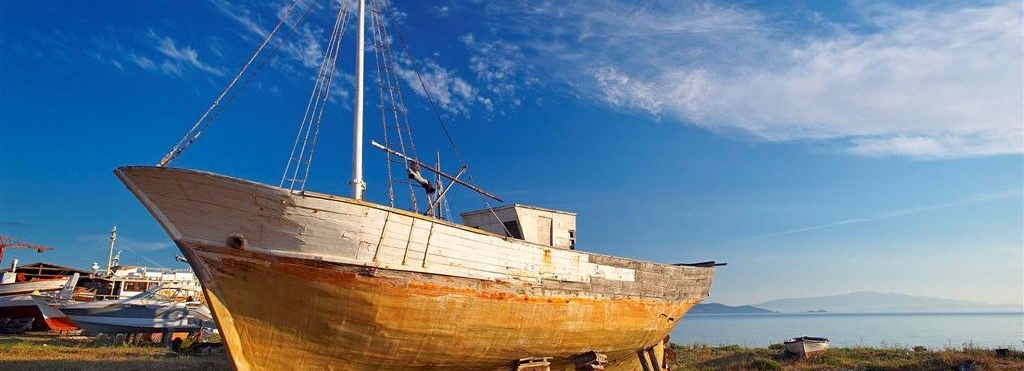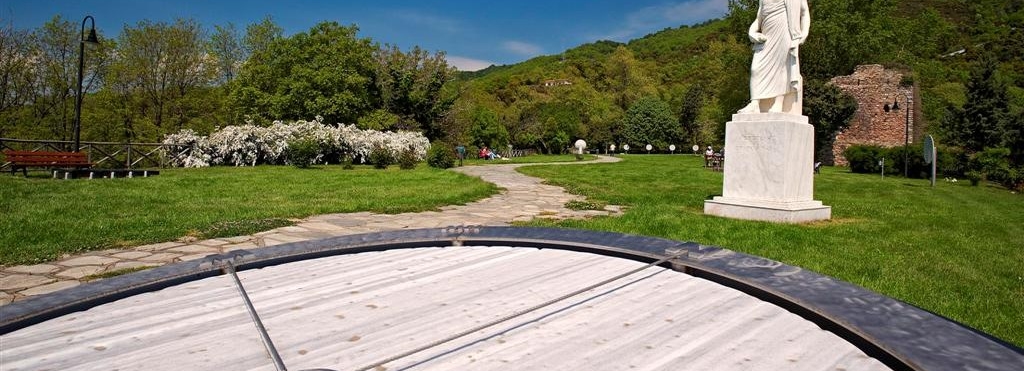The Monastery Dependency of Flogita dates back to 1311. Until 1924 it operated as a monastery dependency of the Russian monastery, later as annex of the American Red Cross which attended to the refugees of Kalamaria, while during the Nazi Occupation (1944) it was bombed by the Bulgarian conquerors. In the middle of the 1960s a major fire destroyed the building which was dilapidated. In 1999 the City Council of Moudania decided to grant the area to the 10th Ephorate for Byzantine Antiquities in order for the latter to undertake the necessary restoration works and for the building to be utilized as the Center for Byzantine Culture in Halkidiki, “Justinian”, as it was named by the team of archaeologists responsible for the works. The building will house the museum of the monastery dependency. The project is financed by the EU and national resources and its budget is 10 millions Euro.
The Cave of Petralona is located roughly 1 km from the village Petralona. It opened to the public in 1979. Internationally renowned paleo-anthropologist Dr. Aris Poulianos discovered the first signs of the Archanthropus of Petralona, the oldest remains from our European ancestors, which date some 700,000 years back. The cave had became renowned for its paleontological and paleo-anthropological findings already by 1960, after the accidental discovery in it, by resident of Petralona Ch. Sarriyianidis, of the famous human skull. The value of that finding and its uniqueness spearheaded the undertaking of extensive works in and outside the cave. In 1968 and from 1974 until 1988 the excavations were directed by Aris Poulianos. In Poulianos’ papers on the cave he talks of bone and stone tools, but the nature of the publications does illustrate a clear picture thereof. The findings are surely very significant and constitute the first testimonies of the habitation of the Greek geographical space. From an anthropologic point of view, the fossil skull is a most significant finding, but there is discord regarding its date and, even worse, its evaluation. The principal views diverge significantly and they profess that the skull belonged to someone who lived 700,000 years in the past, according to some, of 200,000 years ago, according to others.







